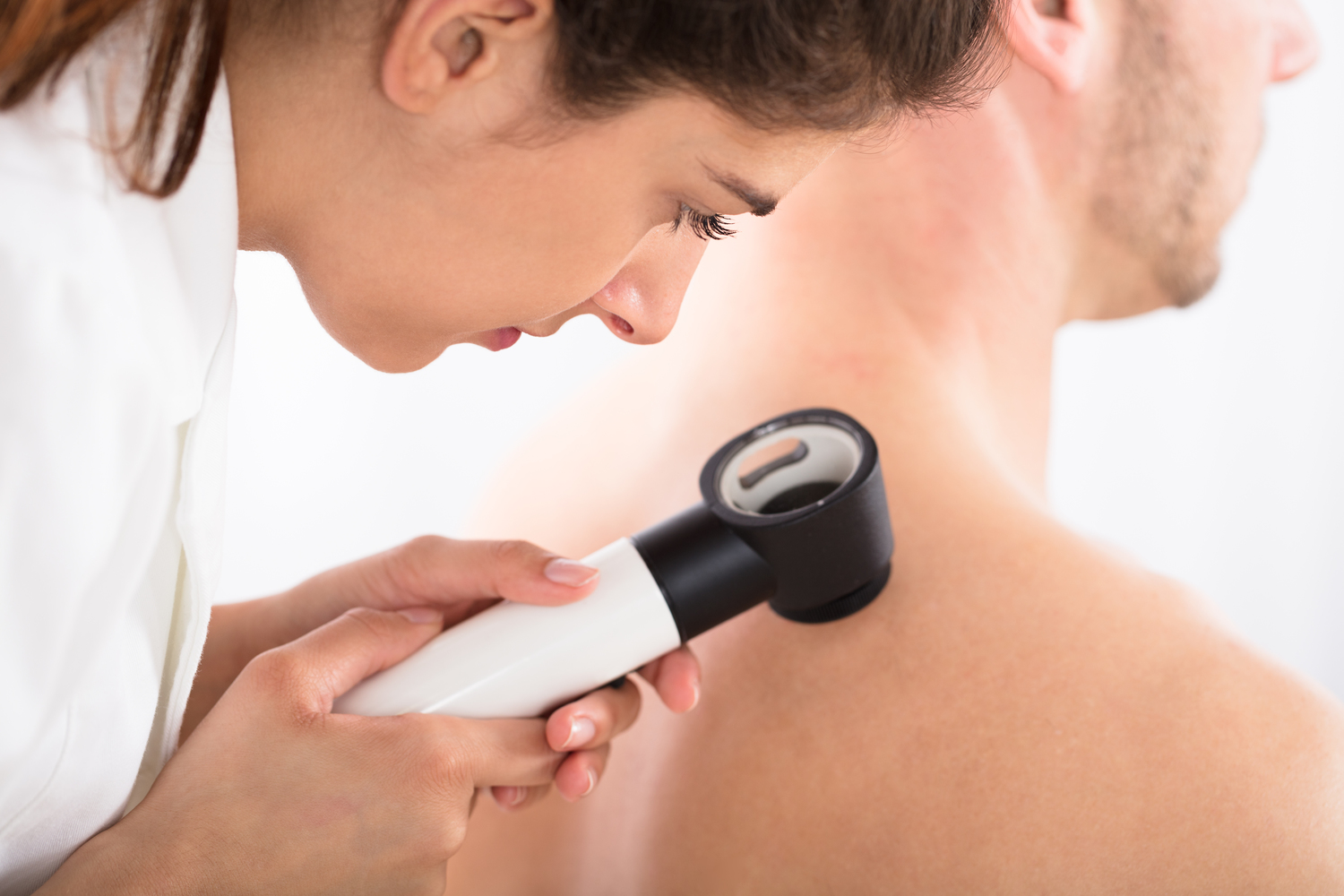Everything You Need To Know About Bacterial Skin Infections
Everything you need to know about bacterial skin infections
Skin diseases are caused by a wide assortment of germs, and their symptoms can shift from mellow to severe. Some mild contaminations might be treatable with over-the-counter solutions and home cures while different diseases may require restorative considerations. A portion of skin infections is caused by bacteria. Here are a couple of facts about bacterial skin diseases.
What are the risk factors that increase the chances of skin infections?
Some of the risk factors that stimulate skin infection are:
- Individuals with diabetes are prone to any infection as the elevated amounts of sugar (glucose) in their blood diminishes the capacity of white blood cells to battle contaminations.

What is cellulitis?
- Cellulitis is a disease of the skin that is quite often caused by bacteria.
What is Erysipelas?
- Erysipelas, which is also called as St. Anthony’s fire, generally displays as a strongly erythematous disease with a symptom of clear delineated raised edges.
- This is regularly related with lymphatic streaking.
- This infection mainly occurs in the legs and face.
- Most cases don’t have an inducing wound or skin injury and are previously taken as flu-like indications.
- Erysipelas infection is mostly found in patients with a slow immune system or lymphedema, in kids, alcoholic people, the elderly, and people with diabetes.
- Erysipelas is caused solely by beta-hemolytic Streptococcus and along these lines can be treated with standard doses of oral or intravenous penicillin.
Which is the skin infection of the hair follicles?
- A contamination that is restricted to the hair follicle is known as folliculitis.
- The symptom of folliculitis is small yellow pustules that are localized to the hair follicle.
- Elements that can prompt folliculitis include injury, chronic friction, occlusive apparel, occlusive chemical components, too much perspiring, water exposure, etc.
- S. aureus causes this skin infection in the patients having a slow immune system.
- These injuries ordinarily resolve precipitously.
- Topical treatment with erythromycin, clindamycin, mupirocin, or benzoyl peroxide can be directed to quicken the recuperating process.
- The more profound segment of the follicle is attacked by Staphylococci at times and it causes swelling and erythema with or without a pustule at the skin surface.
What is the treatment for hot tub folliculitis?
- Hot tub folliculitis is mainly caused by Pseudomonas aeruginosa.
- This bacterium cannot survive on a skin that is healthy and clean.
- Therefore, this skin infection, which is generally caused by a hot tub bath, reduces by itself within seven to ten days.
- It can be treated by home remedies like applying warm and damp washcloth on the infected area several times in a day.
- Some over-the-counter medicines also help in reducing this infection and its pain.
You must consult your doctor before starting any medication or home remedy.

